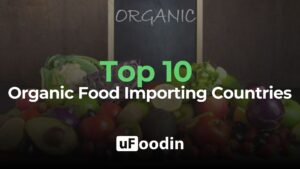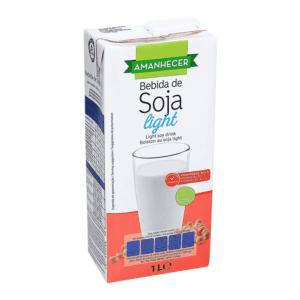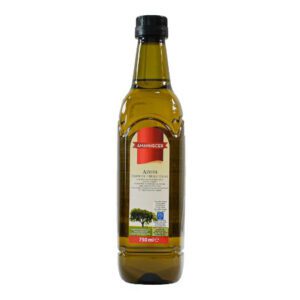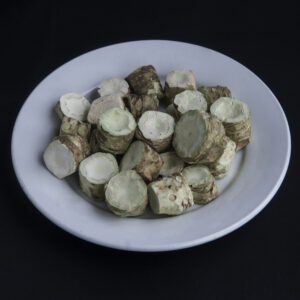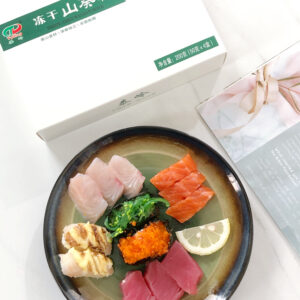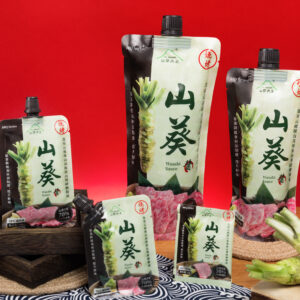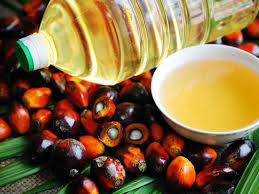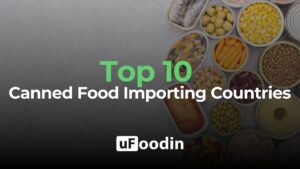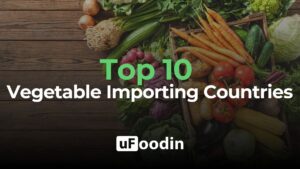
Top 10 Tea Importing Countries
Tea is a cornerstone of global trade and culture, with annual imports valued at over $10 billion in 2023. The Top 10 Tea Importing Countries account for more than 70% of global imports, driven by rising demand for premium, organic, and specialty teas. These markets reflect a diverse mix of consumption patterns, from traditional black tea dominance in Europe to the increasing popularity of green and herbal teas in Asia and North America.
While traditional markets such as the United States and Germany maintain their positions as key importers, emerging economies like the UAE and Russia are witnessing rapid growth due to shifting preferences and expanding middle classes. This article explores the Top 10 Tea Importing Countries, the key trends shaping the industry, and the challenges impacting global tea trade.

1. United States
- Import Value: Over $550 million (2023)
- Why It Stands Out: The U.S. leads global tea imports, driven by rising demand for specialty and health-focused teas such as green, herbal, and matcha.
- Key Insights: Key suppliers include India, China, and Sri Lanka, with a growing emphasis on organic and fair-trade certifications.
2. Germany
- Import Value: Approximately $480 million (2023)
- Why It Stands Out: Germany serves as a major hub for tea imports and re-exports across Europe, catering to a health-conscious consumer base.
- Key Insights: Imports focus on black, green, and herbal teas from India, China, and East Africa.
3. United Kingdom
- Import Value: Around $450 million (2023)
- Why It Stands Out: Tea is a cultural staple in the UK, with black tea remaining the dominant import category.
- Key Insights: India and Kenya are the primary suppliers, meeting demand for both traditional and specialty teas.
4. Russia
- Import Value: Over $400 million (2023)
- Why It Stands Out: Russia is a significant tea importer, reflecting strong cultural ties to black and herbal teas.
- Key Insights: India, Sri Lanka, and China are key suppliers, focusing on affordable and high-quality options.
5. Japan
- Import Value: Approximately $350 million (2023)
- Why It Stands Out: Japan’s tea imports cater to demand for black and herbal teas, complementing its strong domestic production of green tea.
- Key Insights: The U.S., India, and Sri Lanka are key suppliers.
6. United Arab Emirates (UAE)
- Import Value: Over $300 million (2023)
- Why It Stands Out: The UAE imports tea for both domestic consumption and re-export across the Middle East.
- Key Insights: India, Sri Lanka, and Kenya are dominant suppliers, meeting demand for both loose-leaf and packaged teas.
7. France
- Import Value: Around $290 million (2023)
- Why It Stands Out: France’s focus on premium and specialty teas drives imports, catering to its gourmet and wellness markets.
- Key Insights: Key suppliers include China, India, and Sri Lanka, with a growing interest in organic and herbal blends.
8. Saudi Arabia
- Import Value: Approximately $250 million (2023)
- Why It Stands Out: Saudi Arabia’s tea imports reflect its cultural affinity for black and spiced teas, complemented by rising interest in wellness teas.
- Key Insights: Major suppliers include India and Sri Lanka, focusing on both traditional and innovative offerings.
9. Canada
- Import Value: Around $240 million (2023)
- Why It Stands Out: Canada’s multicultural population drives demand for a wide variety of teas, including herbal, green, and black blends.
- Key Insights: Imports come mainly from India, Sri Lanka, and China.
10. Italy
- Import Value: Over $220 million (2023)
- Why It Stands Out: Italy’s tea imports focus on premium and organic products, catering to a health-conscious and gourmet-focused market.
- Key Insights: Key suppliers include India, Sri Lanka, and China, with an emphasis on sustainability.
Key Trends in Tea Imports
Demand for Specialty Teas:
Green, matcha, and herbal teas are witnessing rapid growth due to their perceived health benefits.Rising Interest in Organic and Fair-Trade Certifications:
Consumers are prioritizing ethically sourced and environmentally friendly teas.Growth in Wellness and Functional Teas:
Blends targeting specific health benefits, such as immunity or relaxation, are gaining popularity.E-Commerce Expansion:
Online platforms are driving sales of niche and specialty teas, particularly in developed markets.Premiumization of Tea Offerings:
High-quality loose-leaf teas and innovative packaging are resonating with affluent consumers.Increasing Popularity of Iced Teas:
Ready-to-drink (RTD) teas are growing rapidly, particularly in North America and Europe.

Major Challenges in Tea Imports
Climate Change Impacts:
Erratic weather patterns are affecting tea yields in key producing regions like India and Kenya.Rising Production Costs:
Labor shortages and increased input costs are driving up tea prices globally.Supply Chain Disruptions:
Transportation delays and geopolitical tensions can hinder the smooth flow of tea imports.Price Volatility:
Fluctuations in tea production and demand create instability in global prices.Sustainability Concerns:
Importers face pressure to source from producers practicing sustainable farming and packaging.Health Awareness and Regulatory Changes:
Stricter labeling and health claims regulations can impact market dynamics.
The Top 10 Tea Importing Countries highlight the global reach and diversity of tea consumption, offering ample opportunities for exporters. From the U.S.’s demand for functional teas to the UAE’s role as a re-export hub, each market presents unique possibilities.
Platforms like uFoodin empower tea producers and importers to connect directly, track market trends, and streamline trade processes. With access to 210+ countries, uFoodin provides tools to navigate challenges like sustainability and traceability while enabling partnerships that foster growth in the tea trade.
As the tea industry continues to evolve, uFoodin serves as a vital bridge for stakeholders, ensuring collaboration, innovation, and success in this timeless sector.
uFoodin Editorial Team
Bibliography
- FAO: Tea Trade Data
- Statista: Global Tea Market Insights
- MarketWatch: Trends in Tea Imports and Consumption
- Reuters: Challenges in Tea Supply Chains
- Grand View Research: Tea Industry Analysis
- Mordor Intelligence: Tea Import Forecasts

